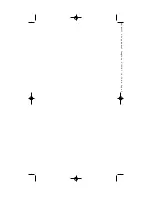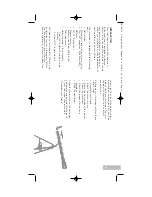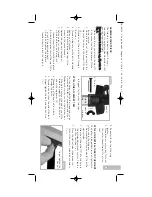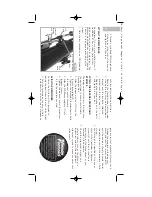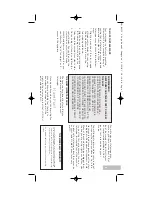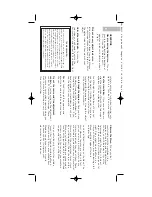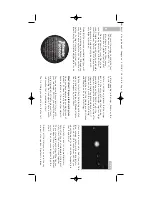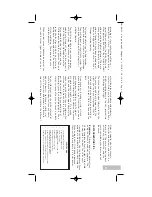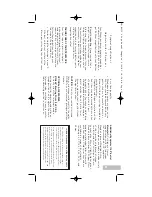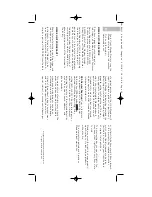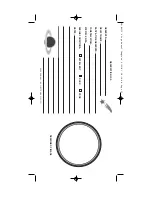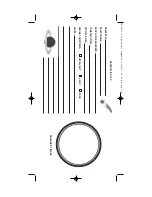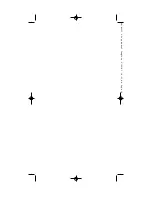
Spend se
ve
ral nights observing the Moon.
Some nights, the Moon is so bright that it
mak
es other objects in the sky difficult t
o
see. These ar
e nights that ar
e e
xc
ell
ent f
o
r
lunar observ
ation.
Observ
e the Solar Sys
tem
: Aft
er observing
the Moon, y
ou ar
e r
eady t
o
s
tep up t
o
the
ne
xt l
e
vel of observ
ation, the planets. Ther
e
ar
e f
our planets that y
ou c
an easil
y observ
e
in y
our t
e
lesc
ope: V
enus, Mar
s, Jupit
er and
Saturn.
Nine planets (maybe mor
e!) tr
av
el in a f
airl
y
cir
cular patt
ern ar
ound our Sun. Any sys
te
m
of planets orbiting one or mor
e s
tar
s is
c
all
ed a solar sys
tem. Our Sun, by the way,
is a singl
e, y
ell
o
w
dwarf s
tar
. It is av
er
age as
far as s
tar
s go and is a middl
e aged s
tar
.
Be
yond the planets ar
e cl
ouds of c
omets, icy
planet
oids and other debris l
eft o
ver fr
om
the birth of our sun. Rec
entl
y as
tr
onomer
s
hav
e f
ound lar
ge objects in this ar
ea and
the
y may incr
ease the number of planets in
our solar sys
tem.
The f
our planets cl
oses
t t
o
the Sun ar
e r
ocky
and ar
e c
all
ed the inner planets. Mer
cury,
V
enus, Earth and Mar
s c
omprise the inner
planets. V
enus and Mar
s c
an be easil
y seen
in y
our t
e
lesc
ope.
V
enus is seen bef
or
e dawn or aft
er sunset,
bec
ause it is cl
ose t
o
the Sun. Y
ou c
a
n
observ
e V
enus going thr
ough cr
esc
ent
phases. But y
ou c
annot see any surf
ac
e
det
ail on V
enus bec
ause it has a v
ery thick
atmospher
e of gas.
When Mar
s is cl
ose t
o
the Earth, y
ou c
an see
some det
ails on Mar
s, and sometimes e
ven
Mar
s’
polar c
aps. But quit
e oft
en, Mar
s is
further away and jus
t appear
s as a r
ed dot
with some dark lines cris
scr
os
sing it.
Jupit
er, Saturn, Ur
anus, Neptune and Plut
o
c
omprise the out
er planets. These planets,
e
xc
ept f
or Plut
o, ar
e made mos
tl
y of gases
and ar
e sometimes c
all
ed gas giants. If the
y
had gr
o
wn much bigger, the
y may hav
e
bec
ome s
tar
s. Plut
o is made mos
tl
y of ic
e.
Jupit
er is quit
e int
er
es
ting t
o
observ
e. Y
o
u
c
an see bands acr
os
s the f
a
c
e
of Jupit
er
. The
mor
e time y
ou spend observing these bands,
the mor
e det
ail y
ou will be abl
e t
o
see.
One of the mos
t f
ascinating sights of
Jupit
er ar
e its moons. The f
our
lar
ges
t moons ar
e c
all
ed the Galil
ean
moons, aft
er the as
tr
onomer Galil
eo,
who observ
ed them f
or the fir
s
t time.
If y
ou’v
e ne
ver wat
ched the Galil
ean moons
in y
our t
e
lesc
ope bef
or
e, y
ou’r
e mis
sing a
real tr
eat! Each night, the moons appear in
diff
er
ent positions ar
ound the Jo
vian sky
.
This is sometimes c
all
ed the Galil
ean danc
e.
On any giv
en night, y
ou might be abl
e t
o
see
the shadow of a moon on the f
a
c
e
of Jupit
er,
see one moon eclipse another or e
ven see a
moon emer
ge fr
om behind Jupit
er’
s giant
disk. Dr
awing the positions of the moons
each night is an e
xc
ell
ent e
xer
cise f
or no
vic
e
as
tr
onomer
s.
7
40-04135 8 Page Manual Template 6/29/05 10:54 AM Page 9


